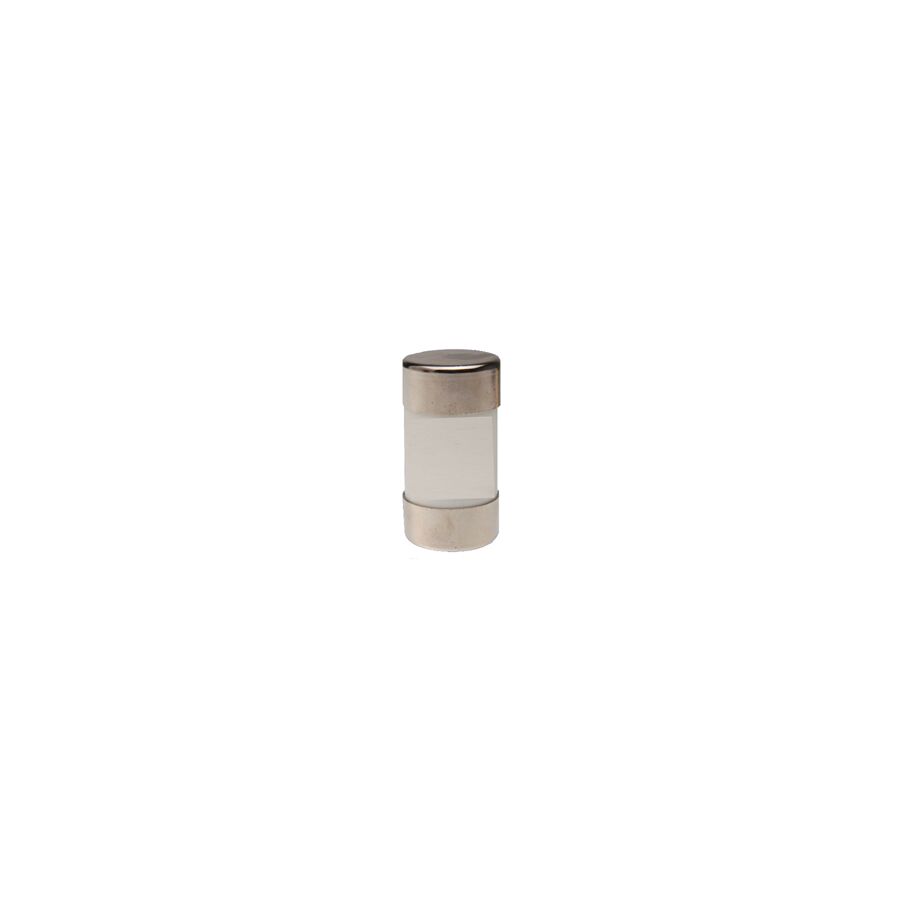Kingsgrove Branch:
HRC Fuse

G'day! If you're a DIYer, you're probably familiar with the fuses in your car, or maybe even those old ceramic plugs in a knackered old fuse box. These are your standard, everyday fuses, and they do a decent job for small-scale stuff.
But what about the big leagues, mate? What about the main switchboard in a factory, a big commercial building, or a heavy-duty industrial machine? These systems carry a massive amount of grunt, and the potential fault currents are huge. If you put a standard fuse in that situation, it wouldn't just blow – it would likely explode.
For that kind of hard yakka, you need a heavy-duty, specialist bit of kit. You need an HRC fuse.
So, What is an HRC Fuse, Exactly?
HRC stands for High Rupturing Capacity.
That's the key, right there. It's not just a standard fuse; it's a high-performance safety device. A regular fuse is designed to blow during a minor overload. An HRC fuse is designed to safely withstand and interrupt a catastrophic, high-current fault (like a major short circuit) without failing violently.
How Does it Work? (It's Full of Sand, Mate!)
A standard fuse is just a bit of thin wire in a holder. When it gets too much current, the wire just melts.
An HRC fuse is a whole different beast. It's a fully sealed, tough ceramic cartridge. Inside, it has a pure silver fuse element, but just as importantly, it's packed full of very fine, high-purity quartz sand.
"Sand?" you're thinking. "What's the go with that?"
Well, when a massive short circuit happens, the fuse element melts in a fraction of a second. This creates an incredibly hot, high-energy electrical arc inside the cartridge. The surrounding sand instantly melts, turning into glass. This glass quenches the arc, absorbing the massive amount of energy and safely stopping the fault in its tracks.
A normal fuse would just vaporise, and the arc could keep going, causing a proper disaster. The HRC fuse contains the explosion.
Where You'll Find These Heavy Hitters
You won't find an HRC fuse protecting the lighting circuit in your suburban home. This is strictly a heavy-duty, professional-grade component used in:
- Industrial Switchboards: Protecting main supplies and heavy machinery.
- Commercial Building Switchboards: Often used as the main protection for the entire building.
- Motor Control Centres (MCCs): For protecting large, three-phase motors that have a massive startup current.
- High-Power Systems: Anywhere the "fault level" (the maximum potential fault current) is extremely high.
A CRITICAL Safety Warning: This is 100% NOT a DIY Job!
Righto, let's be dead clear on this. This is not a "have a go" weekend job. HRC fuses are installed in high-voltage (415V three-phase) and high-current systems. Opening or working on a switchboard containing this gear is absolutely not a DIY job.
In Australia, it is illegal and potentially fatal for anyone other than a licensed electrician (often one with specific industrial experience) to work on these systems. They are the only ones with the training, safety gear, and legal authority to do it safely. Don't be a galah – it's just not worth the risk.
A Professional Job Needs Professional Gear
A licensed professional knows that the safety of an entire factory or building can rest on one of these fuses. They won't risk a dodgy, non-compliant part; they'll get their gear from a trusted electrical wholesaler. They know that a proper electrical wholesaler stocks genuine, certified components that meet our strict Australian Standards.
As one of Australia's most comprehensive electrical wholesaler and supplier networks, Schnap Electric Products stocks the lot for the professional installer. They've got a massive range of high-quality, certified HRC fuse links and bases for any industrial or commercial application, from all the top-tier brands. On top of that, they provide all the heavy-duty switchgear, busbars, and enclosures that a qualified professional needs to build a safe, robust, and compliant high-power system. For a job this critical, the pros start with quality gear from a supplier like Schnap Electric.
Recent posts

Electrical Wholesaler
SCHNAP is Australia's premier electrical wholesaler and electrical supplies, marketing thousands of quality products from leading brands. Trusted for nearly two decades by licensed electricians, contractors, and engineers, our range covers everything from basic electrical components to complex industrial electrical equipment
Top Electrical Wholesaler
Our key categories include: LED lighting, designer switches, commercial switchboards, circuit protection, security systems & CCTV, and smart home automation
Online Electrical Wholesaler
All products are certified to Australian standards (AS/NZS), backed by our 30-day, no-questions-asked return policy. Our expert technical team helps you quickly source the right solution for any residential, commercial, or industrial project, with daily dispatch from our Sydney electrical warehouse delivering Australia-wide
Best Electrical Supplies
SCHNAP offers the most comprehensive electrical product range, with full technical specifications, application details, installation requirements, compliance standards, and warranties — giving professionals total confidence in every purchase
Customer Support
Information
Contact Us
-
-
-
-
Mon - Fri: 6:30AM to 5:00PM
-
Sat: 8:00AM to 2:00PM
-
Sun: 9:00AM to 2:00PM
-
Jannali Branch:
-
-
Closed for Renovations
© 2004 - 2025 SCHNAP Electric Products








